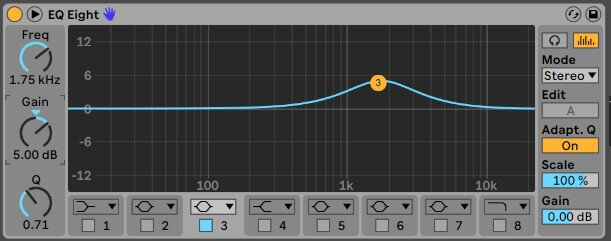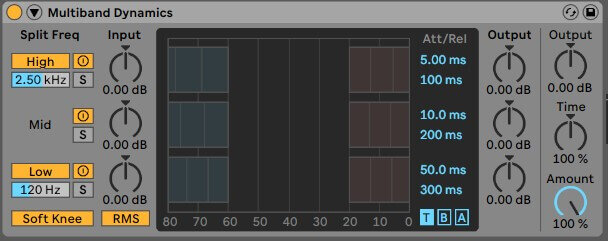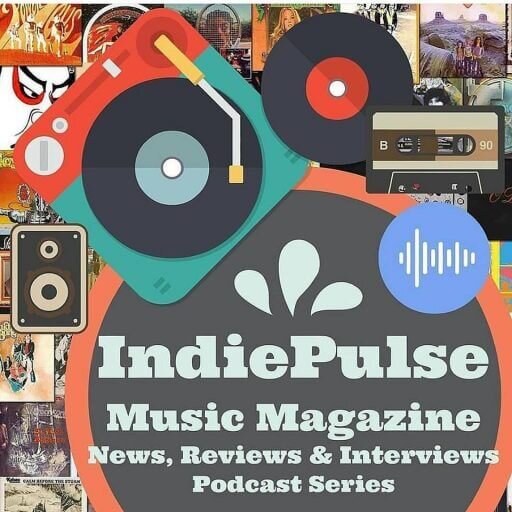Collaborating musically can be an extremely effective creative and promotional tool for an upcoming musician. Not only does it force you to think outside the box and compare tips and tricks with another creative musician, but it's also a great way to get your name out there within the community. There’s nothing better than collaborating with another artist and sharing the reward of a fantastic single with tons of views, audiences will mingle and all of a sudden you got another ally, rooting for your success.
Of course, a successful collaboration must go both ways, you’re only going to get support with your support right back so communication is the key to it all.
In the age of the pandemic, communication has gotten all that much more difficult. For many people, taking a trip to another studio is not a possibility anymore, therefore most collaboration must be done online.
For all those musicians eager to get back into the community and start collaborating again, here are some tips for collaborating and communication virtually.
How to start the collab
Getting started with collabs isn’t about messaging any artist you can find online with a basic pitch, doing that will get you ignored at best and blacklisted at worst. Collaborations, and most partnerships within the music industry, is all about building relationships.
As stated, a good collaboration is a two-way street where both artists trust each-other, communicate well and are honest about their goals. We’ll get to establishing goals and timelines later, but it's important to remember this fact. Not only will this bring more successful collaborations, but it also has the potential to get you new fans and supporters, even if the collaboration doesn’t end up working out.
Creating relationships as opposed to cold sales also serves another hidden purpose behind the scenes. Unless you have been following the artist for a long time, it's impossible to know if they even are the sort of artist you would want to associate with! Creating a dialogue beforehand lets you get the chance to know them better, what their strengths and weaknesses are as a creator and what their long term goals are. Speaking of goals...
Establishing goals and timelines
Once you have created an artistic relationship, you could start just by exchanging production tips and long term plans. For example, ask yourself and them, what are you trying to accomplish with this collaboration? And how does the other artist factor in? Furthermore, are you intending on making a single together, a joint release? A cover? Or perhaps just a feature on the second verse.
There are countless directions a co-produced song could take so making this clear and coming to an agreement beforehand is essential to ensure a good relationship down the road.
This concept extends to the schedule as well. The last thing you want is to pour countless golden hours into a project just to wait months for your partner to get his section just right. Make sure everyone knows just what it is you are making, how the project will be released and when it needs to be completed.
Collaboration tools
Now, this is where remoteness gets tricky. Without pandemic woes, just getting in the same room as them to start jamming is often the best way to get the creative juices flowing, unfortunately, that just isn’t possible anymore (for most people). Making this work remotely might be unfamiliar, but there is plenty of file sharing and music collaboration software out there to help you along. Each of these platforms works slightly differently, from a full cloud-based Digital Audio Workstation to simple online file sharing. During the planning phase, this is another key step that needs to be worked out, but we’ll detail them here in order of intricateness.
1. Email
This one might be obvious, but without any other options, you can always just send your samples via email. Obviously this works best for a feature or guest appearance, where one artist puts the majority of the track together (with feedback of course). Furthermore, most email has a pretty low file size limit (for example Gmail limits the entire message and encoded attachment to 25mb) therefore sending extremely high quality or large samples will be an issue. If file sizes are a problem however, it's almost as easy to move to the second option!
2. File sharing services
File sharing services like Dropbox, Google Drive or WeTransfer will allow you to share much bigger files and keep everyone up to date with the latest versions. Without losing so much quality like with emailing, this would allow you to trade audio back and forth for more genuine collaboration however generally you will not be able to send the project file itself. If you’re looking for a better way to compare the music and provide detailed feedback, you might want to try one of these dedicated music sharing services.
3. Music file-sharing services
Pibox Music, Splice and Sound Cloud will all allow you to share your music files and let collaborators comment directly wherever on the track for even more specific feedback. As stated, communication is key to a successful collaboration, and providing clear feedback is definitely a part of that.
These services are generally similar to the aforementioned file sharing services but allow you and whomever you share with to see the waveform and listen to it while it is still hosted online. Soundcloud is the simplest of the bunch and may already be familiar to you. All it takes is to upload privately, then share with your partner.
Pibox takes it a step further in that it allows for live and/or video chats, screen sharing and a record of mix version history along with time-stamped commenting like SoundCloud. This service is available for 2 collaborators and 1gb of files for free so it should take you through your first few projects, but for larger ones, you’ll have to become a subscriber.
Finally, Splice is renowned for its extensive library of user-generated sounds, but it can also be used as a DAW-based music collaboration platform!
If the limitations of single audio files just aren’t enough for you, Splice will allow you to back up entire project files from programs like Logic, Ableton Live, FL Studio and more meaning truly getting each-others input on a track is fully possible! All it takes is an account to get started making this one of the most enticing music collaboration platforms out there currently.
4. Cloud-based music-making apps
Music-making apps that allow for collaboration will force you out of your preferred daw but allow for even more hands-on collaborative beat making. Trackd, Soundtrap and Soundstorming are three such apps which allow you to record or track directly into their interface and upload in real-time.
The first, Trackd, is a full-service app (only available for IOS) which makes writing, recording, multi-tracking and even mixing all possible under one roof.
Soundtrap (by Spotify) on the other hand is the most simple and great for beginners. Under the free version, you get access to 5 projects, 900 loops, and 210 sounds and instruments to play with. The other unique thing about Soundtrap is that its browser-based making it especially easy to invite your collaborator and get to creating!
Soundstorming is the last, and most unique of the apps featured here. First off, it markets itself as a “social music app” and works much more like Splice’s sample library than either of the previous two. Essentially, record your musical idea into the app and upload it to a global community of musicians for brainstorming, critiques and feedback. This app has capabilities more reminiscent of a music community than a collaboration tool, but it can be still used for the latter purpose.
Following through
Now that the introductions, goals, timelines and tools have all been established there is nothing stopping you from making that killer song! Making great music and finding inspiration is a whole other challenge, and a topic for another blog, but in my experience, I’ve found that just being able to bounce ideas off of another capable musician has been extremely effective.
It’s important to remember everything you’ve talked about throughout this process. Most importantly the importance of good communication. Making sure everyone is happy throughout the collaboration will undoubtedly produce something great, even if it's just for the memories.
Conclusion
Collaborating artistically can be one of the most fulfilling activities an artist can take. I know that some of my best works have been made this way and the same goes for countless amazing artists for all time.
Music aside, it's also another incredible way to promote yourself and be a part of the musician community online, from some of our previous blogs, you can never discount how important that is.
Hopefully, these collaboration tips will set you right on your way but if you’re looking to give that collaboration something extra special, check out our website for the mixing and mastering services we can provide to take your song to the next level.
What are some of your best and worst collab stories? And what have you learned from it? Let us know in the comments below.
- By Erik Steiner





































